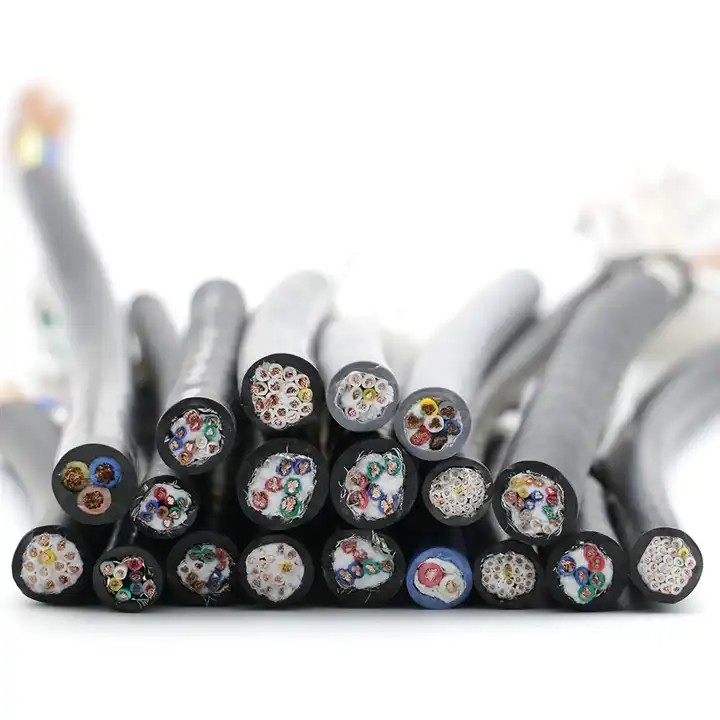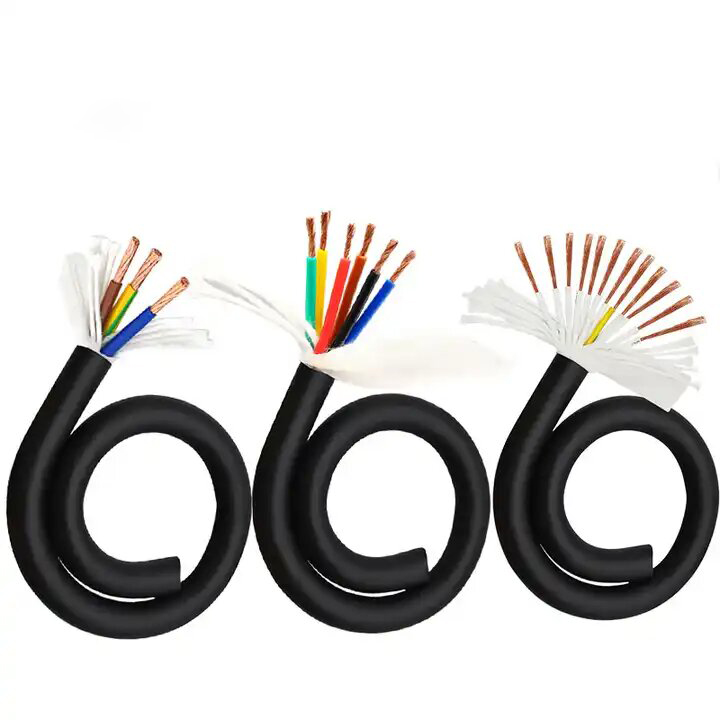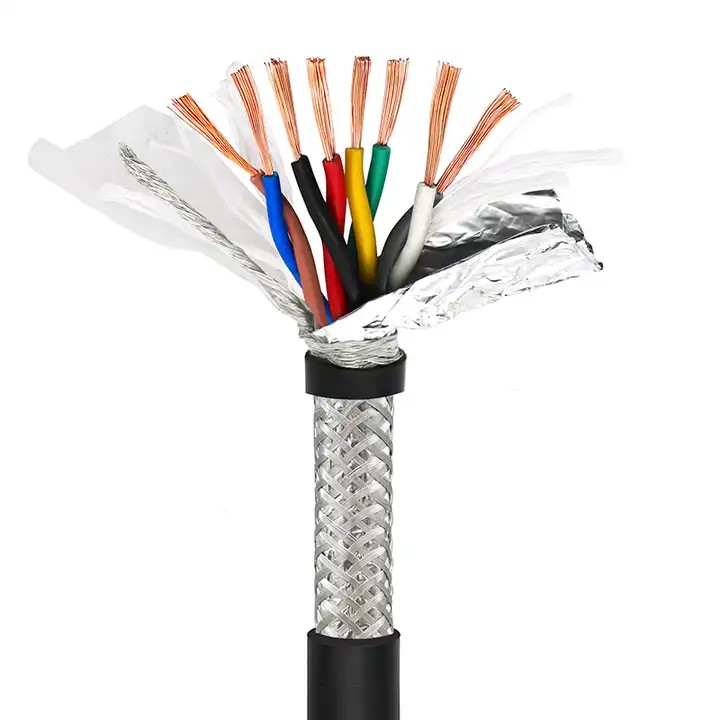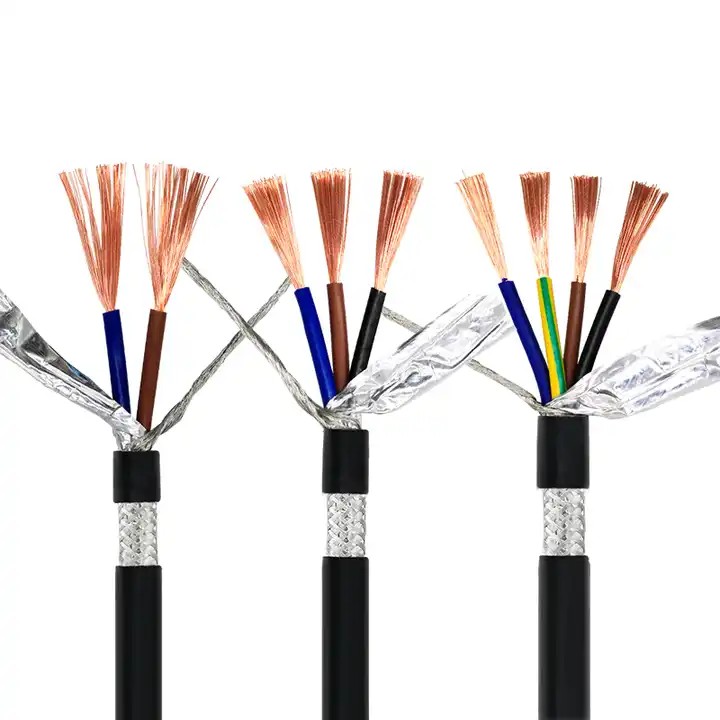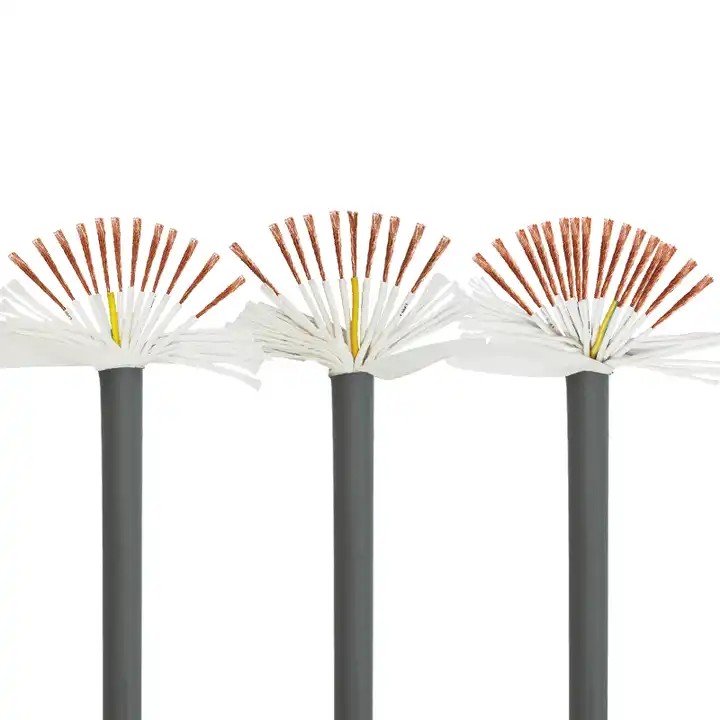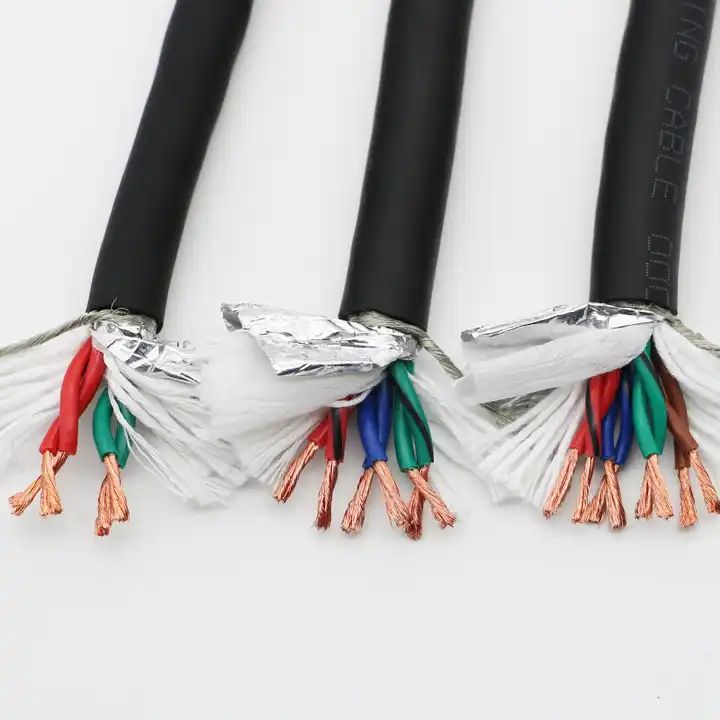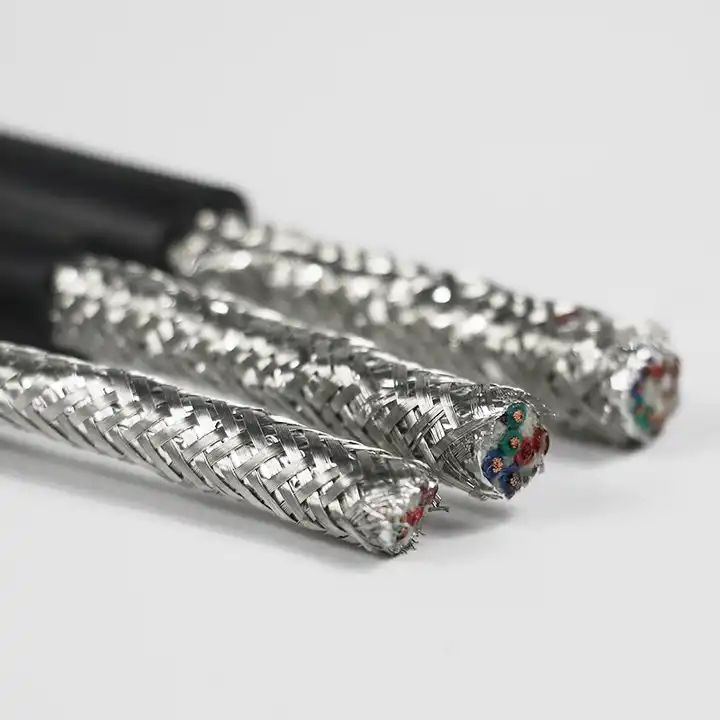Why Can Twisted Pair Cables Shield Interference?
Published:
2024-06-20 11:24:28
Twisted pair cables consist of pairs of insulated copper wires twisted together.
Twisted pair cables consist of pairs of insulated copper wires twisted together. The primary reason for this twisted configuration is to reduce electromagnetic interference (EMI) and crosstalk between adjacent pairs and other external sources. There are two main types of twisted pair cables: Unshielded Twisted Pair (UTP) and Shielded Twisted Pair (STP).This article delves into why twisted pair cables, especially shielded ones, are effective at shielding interference, incorporating insights into shielded cable factories, shielded twisted pair cables, and shielded electrical wires.
Mechanism of Interference Shielding
Electromagnetic Interference (EMI) Mitigation
Electromagnetic interference is a common issue in environments with numerous electronic devices. EMI can distort the signal transmission in cables, leading to data loss or corruption. Twisted pair cables mitigate EMI through several mechanisms:
Twisting Effect: The twisting of the wires creates a balanced transmission line, which ensures that the interference affecting one wire in a pair is also induced in the other wire but in the opposite direction. This differential signal can be canceled out at the receiving end, effectively nullifying the interference.
Shielding: Shielded twisted pair cables go a step further by enclosing the twisted pairs in a protective shield made of conductive material. This shield acts as a barrier against external EMI, further protecting the integrity of the signal.
Crosstalk Reduction
Crosstalk occurs when a signal from one pair of wires interferes with the signal in another pair. This is particularly problematic in densely packed cable environments. The twisted design of the cables ensures that the induced electromagnetic fields cancel each other out, thus minimizing crosstalk. In shielded twisted pair cables, the additional shielding provides an extra layer of protection against this kind of interference.
Shielded Twisted Pair Cable: A Closer Look
Shielded twisted pair cables are designed with various shielding configurations to cater to different levels of interference and application requirements:
Foil Shield (F/UTP): This type of shielded twisted pair cable includes a foil shield around each pair of wires. The foil provides a high degree of protection against EMI and is commonly used in environments with moderate interference.
Braided Shield (S/UTP): A braided shield consists of a mesh of conductive material, offering flexibility and durability while providing substantial protection against EMI.
Foil and Braided Shield (SF/UTP): This configuration combines both foil and braided shields for maximum interference protection. It is used in environments with high levels of EMI.
Shielded Cable Factories and Manufacturing
The production of shielded twisted pair cables involves sophisticated manufacturing processes to ensure the quality and effectiveness of the shielding. Shielded cable factories use advanced techniques to wrap and secure the shielding material around the twisted pairs. The process includes:
Material Selection: Choosing high-quality conductive materials for the shielding, such as aluminum or copper, which are effective at blocking EMI.
Precision Twisting: Ensuring the pairs are twisted at precise intervals to maintain the balance necessary for interference cancellation.
Shield Application: Applying the shield uniformly around the twisted pairs to prevent gaps that could allow interference to penetrate.
Quality Control: Rigorous testing of the cables to ensure they meet industry standards for EMI protection and signal integrity.
Applications of Shielded Twisted Pair Cables
Shielded twisted pair cables are used in various applications where signal integrity is critical:
Data Centers: High-density environments with numerous cables and electronic devices benefit from the enhanced interference protection of STP cables.
Industrial Settings: Machinery and equipment that generate significant EMI require shielded cables to ensure reliable data transmission.
Telecommunications: Shielded cables are used in telecommunications infrastructure to maintain clear and reliable communication signals.
Broadcasting: Ensuring high-quality audio and video signals in broadcasting requires the use of shielded twisted pair cables to prevent interference.
Shielded Electrical Wires: Broader Implications
Beyond data cables, shielded electrical wires are essential in various applications to prevent interference in power transmission. These wires use similar shielding techniques to twisted pair cables, ensuring that electrical signals are transmitted without degradation. Shielded electrical wires are crucial in environments with high electrical noise, such as power plants, automotive applications, and aerospace technology.
Conclusion:
Twisted pair cables, particularly shielded twisted pair cables, play a vital role in shielding against interference. Their design and construction, involving precise twisting and advanced shielding techniques, make them highly effective at mitigating electromagnetic interference and crosstalk. Shielded cable factories are instrumental in producing these high-quality cables, ensuring they meet the stringent demands of modern communication and data transfer applications. As technology continues to advance, the importance of reliable and interference-free signal transmission will only grow, solidifying the essential role of shielded twisted pair cables and shielded electrical wires in our interconnected world.


